Imagine a language once whispered only in the valleys and sung by a dwindling few, now echoing proudly across a nation. The resurgence of the Welsh language is nothing short of astonishing—a living testament to cultural resilience and the enduring power of identity. From the wind-swept hills of Snowdonia to the bustling streets of Cardiff, Welsh is no longer merely a relic of the past, but a vibrant force shaping the future. This is the story of a linguistic revival that defied expectations, and the lessons it offers to the world are both surprising and inspiring.
The Heartbeat of a Nation: Why Welsh Matters
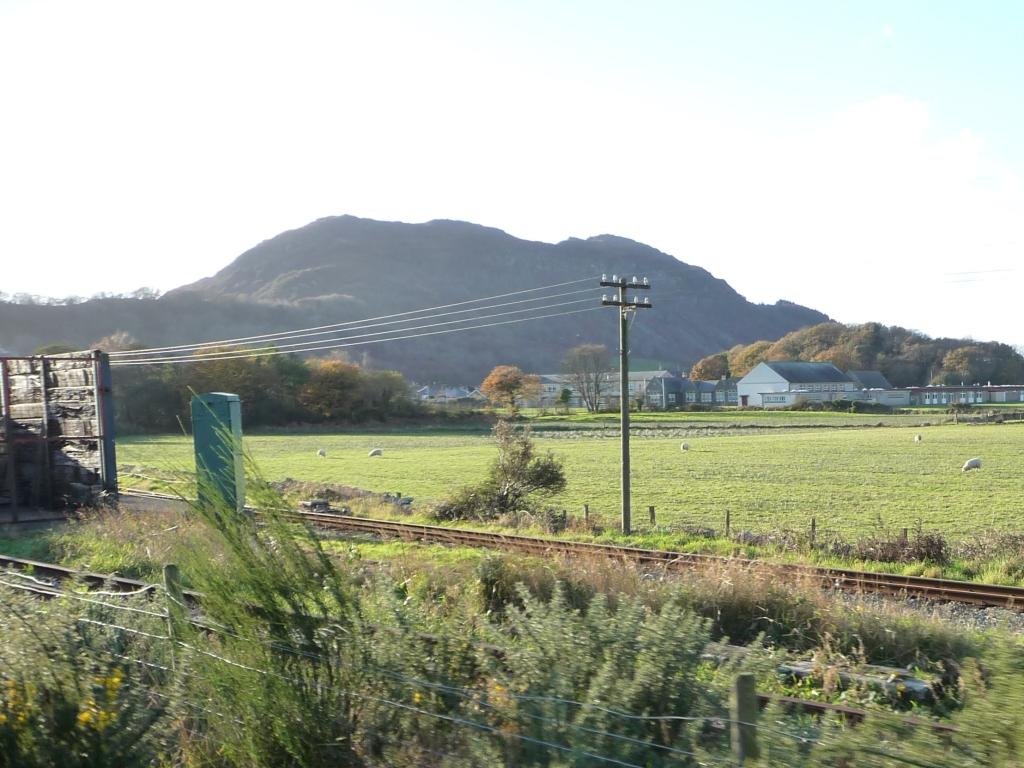
Welsh is far more than just words strung together—it is the heartbeat of Wales. For centuries, the language has carried the stories, songs, and spirit of its people. When a language disappears, a world of unique perspectives and traditions vanishes with it. In Wales, speaking Cymraeg is a proud affirmation of heritage. It unites communities and strengthens a sense of belonging. When people hear Welsh spoken in the local shop or sung at rugby matches, they feel a deep connection to something larger than themselves. This emotional link is a powerful driver behind the language’s comeback.
Historical Struggles: A Battle Against the Odds
The Welsh language was not always celebrated. For much of the 19th and 20th centuries, it faced systematic suppression. Children were punished in schools for speaking Welsh, and English became the dominant language in public life. The infamous “Welsh Not”—a wooden token hung around a student’s neck as punishment—symbolized these dark years. Despite these challenges, families continued to pass down Welsh at home, keeping its flame alive. The community’s determination and quiet defiance laid the groundwork for today’s revival. This history is a stark reminder of how fragile languages can be, and how courage can spark change.
Turning the Tide: Laws and Initiatives That Made a Difference
Real change began when the Welsh Language Act of 1993 and later the Government of Wales Act of 1998 gave Welsh official status alongside English. These laws were not just symbolic—they forced real action in government, education, and public services. Bilingual signs became visible everywhere, from roadways to hospital corridors. The Welsh government invested in media, launching channels like S4C, which broadcasts in Welsh and brings the language to new generations. These policies proved that decisive, well-crafted legislation can breathe new life into threatened languages.
Education: Planting the Seeds for a Welsh Future
Schools have played a pivotal role in the Welsh language’s resurgence. Across the country, Welsh-medium schools offer children the chance to learn every subject through the language. This immersion approach has proven remarkably effective, with young people often becoming fluent speakers. Even English-medium schools now teach Welsh as a compulsory subject, fostering basic proficiency in almost every child in Wales. Parents increasingly choose Welsh-medium education, believing it gives their children both a cultural anchor and a valuable skill. The classroom has become one of the language’s safest harbors.
Welsh in the Digital Age: Innovation and Adaptation
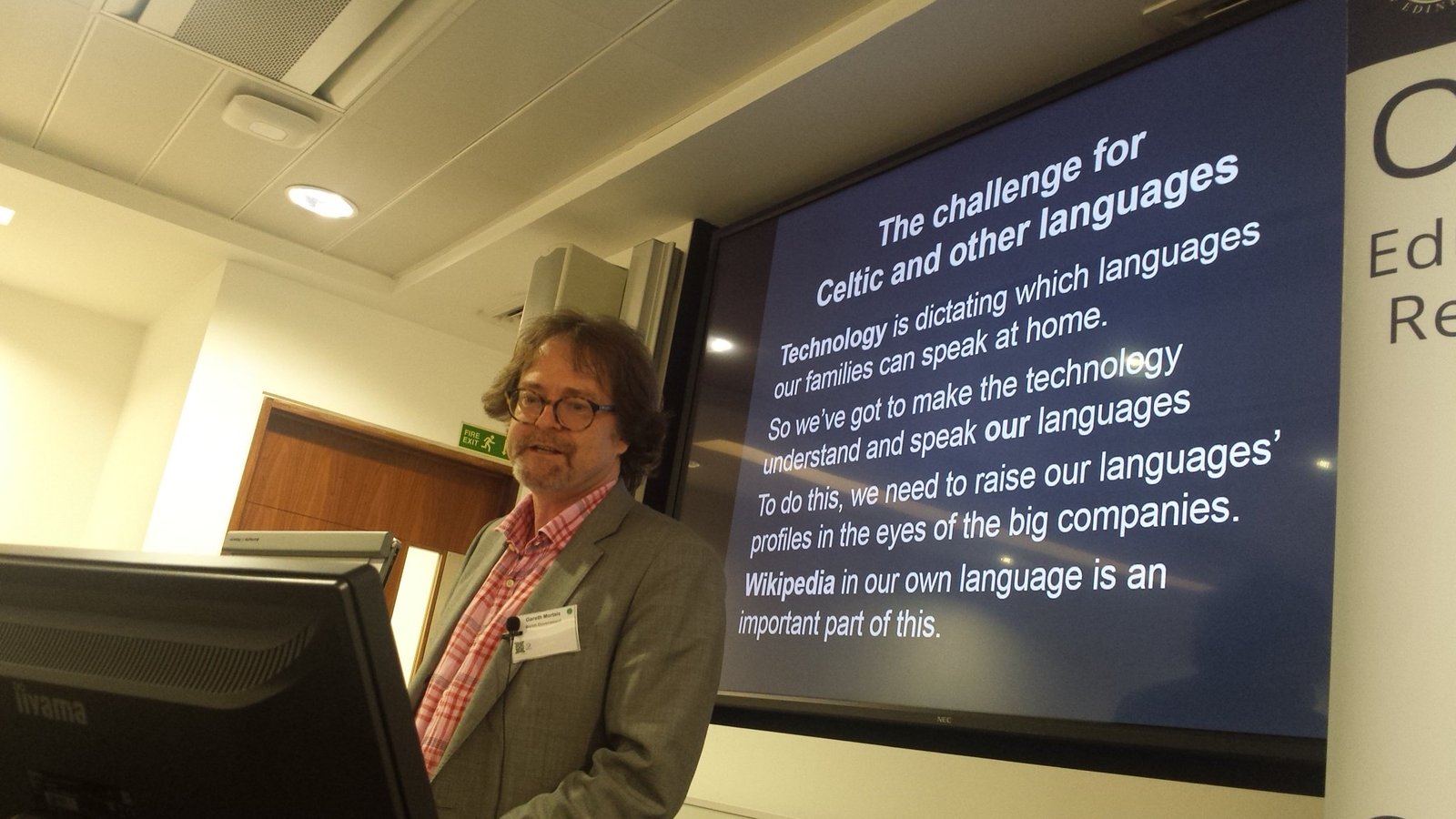
In the age of smartphones and social media, Welsh has found new ways to thrive. Tech companies have localized their products, meaning you can use your phone, computer, or even voice assistants in Welsh. Social media influencers create content in Cymraeg, reaching audiences far beyond the traditional heartlands. Apps like Duolingo have made learning Welsh accessible worldwide, with thousands of new learners joining every year. This digital leap has shattered the myth that minority languages are doomed in the modern era. Instead, it shows that with creativity and adaptation, any language can find its place online.
Community Power: Grassroots Movements That Inspire
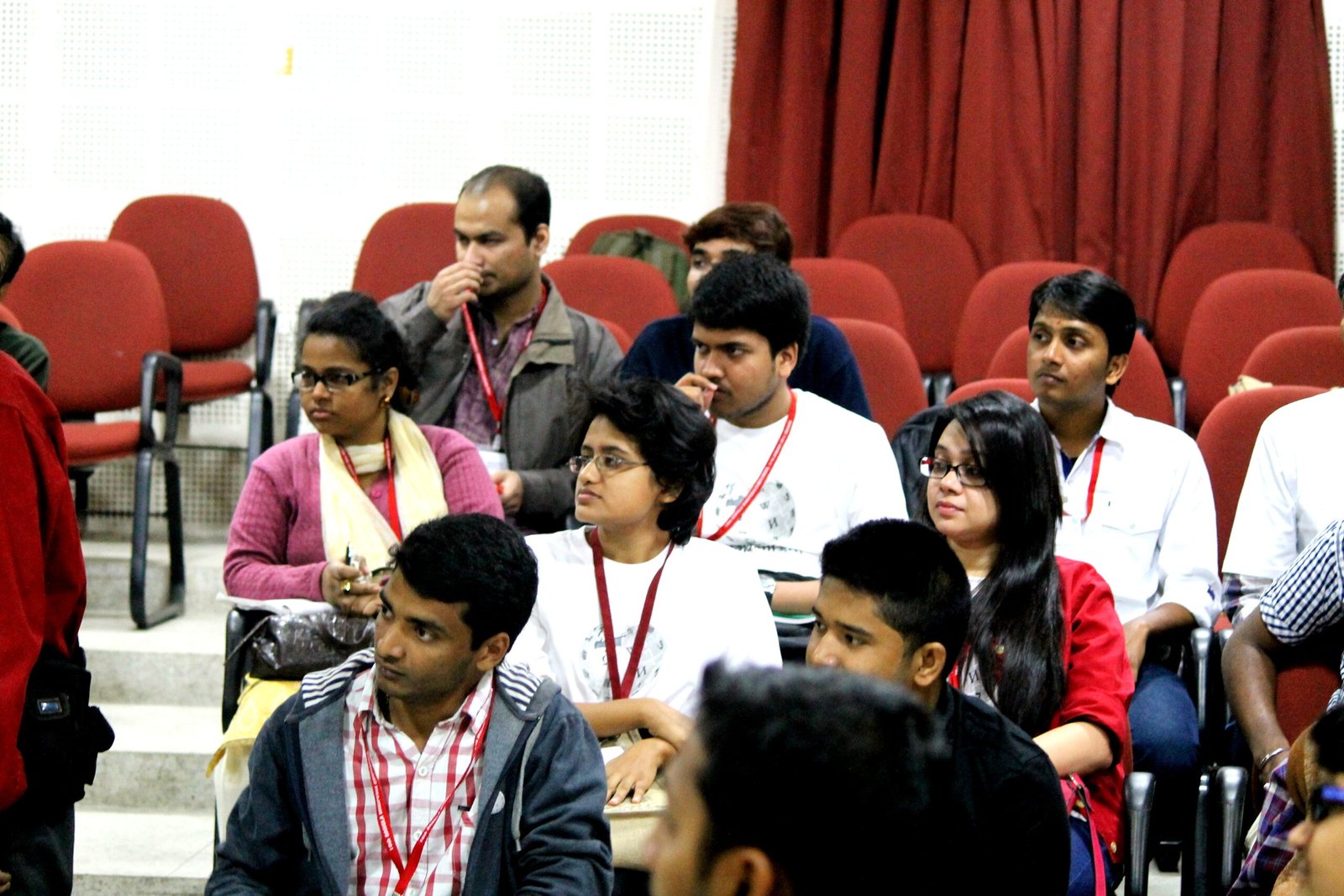
The revival of Welsh is not just a top-down process. Community groups and passionate individuals have been the backbone of the movement. Local Eisteddfodau—festivals celebrating music, poetry, and performance—bring people together through language. Neighborhood initiatives organize Welsh-language playgroups, book clubs, and conversation circles. These grassroots efforts create safe, supportive spaces for learners and speakers alike. They prove that language is ultimately about people coming together, sharing stories, and building connections that last a lifetime.
The Role of the Arts: Music, Literature, and Identity
Art has always been a powerful vehicle for language. In Wales, contemporary musicians blend traditional Welsh lyrics with modern sounds, captivating both old and new audiences. Authors craft novels and poetry in Welsh, exploring everything from ancient myths to today’s social issues. The National Eisteddfod, a massive annual cultural festival, showcases the best of Welsh creativity. This artistic explosion has given the language a cool, dynamic image, especially among young people. It reminds the world that language is not just for communication—it is for creation and self-expression.
Economic Benefits: More Than Just Words

Reviving a language isn’t just about preserving culture—it can also bring tangible economic benefits. Bilingualism gives Welsh speakers an edge in the job market, especially in public service, education, and the media. The growing demand for Welsh-language products and services has sparked new business opportunities. Tourism in Wales is also boosted by the unique appeal of its language and culture, drawing visitors eager to experience something authentic and different. In this way, the comeback of Welsh proves that language can be an engine for economic vitality as well as cultural pride.
Lessons for the World: What Other Languages Can Learn
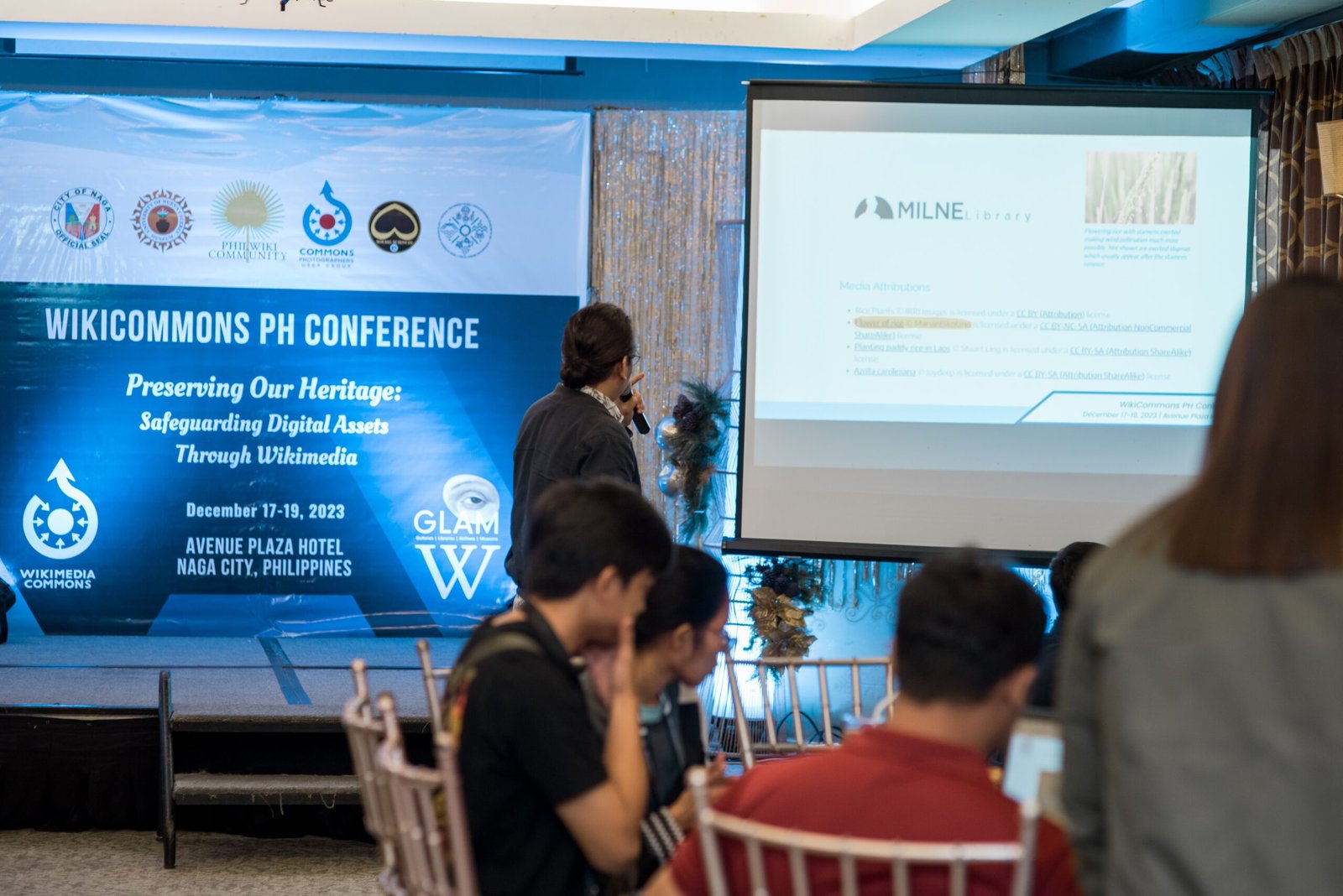
The Welsh experience offers a blueprint for other endangered languages. First, political will and legal protection are crucial—without them, efforts can quickly stall. Second, education is key: young people are the future of any language, and immersive schools can make a huge difference. Third, embracing technology and modern media helps keep a language relevant and visible. Most importantly, the revival must come from within the community, fueled by passion and pride. These lessons can inspire similar movements from Ireland to New Zealand and beyond.
The Road Ahead: Challenges and Hopes

Despite its successes, the future of Welsh is far from guaranteed. Urbanization, migration, and the dominance of English remain significant challenges. Not every Welsh speaker feels confident using the language in daily life, and some regions still struggle to keep it alive. Yet, the energy and optimism driving the movement are unmistakable. With continued investment, community involvement, and creative adaptation, there is every reason to hope for a bright future. The world will be watching to see if Wales can achieve its ambitious goal of reaching one million Welsh speakers by 2050.
What Will You Do With This Lesson?
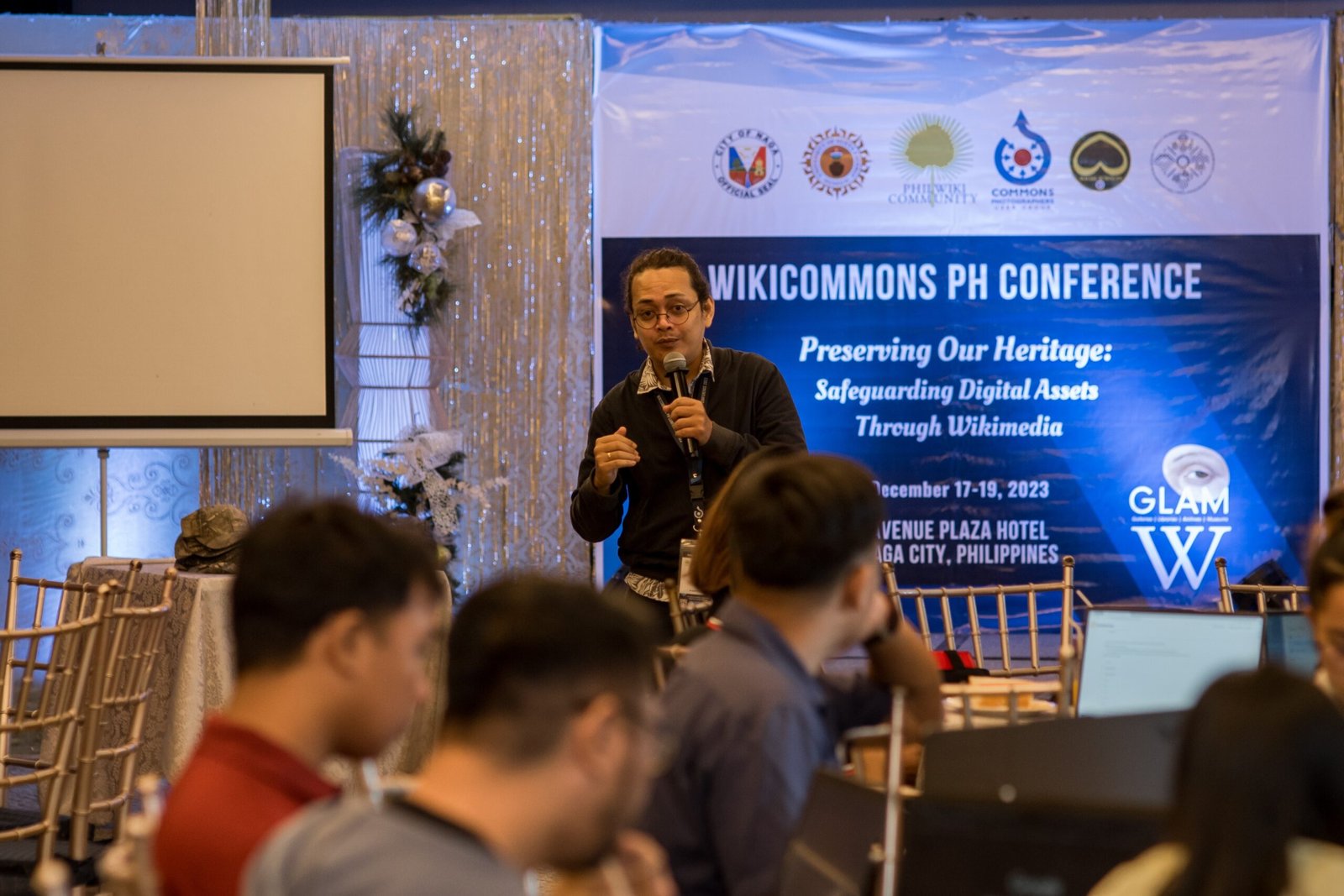
The story of the Welsh language comeback is more than a local triumph—it is a beacon of hope for cultures facing extinction everywhere. It shows that with courage, creativity, and community spirit, even the most endangered languages can be reborn. As you reflect on this remarkable journey, consider: What languages or traditions in your own corner of the world are waiting for a comeback? What role could you play in helping them find their voice again?



